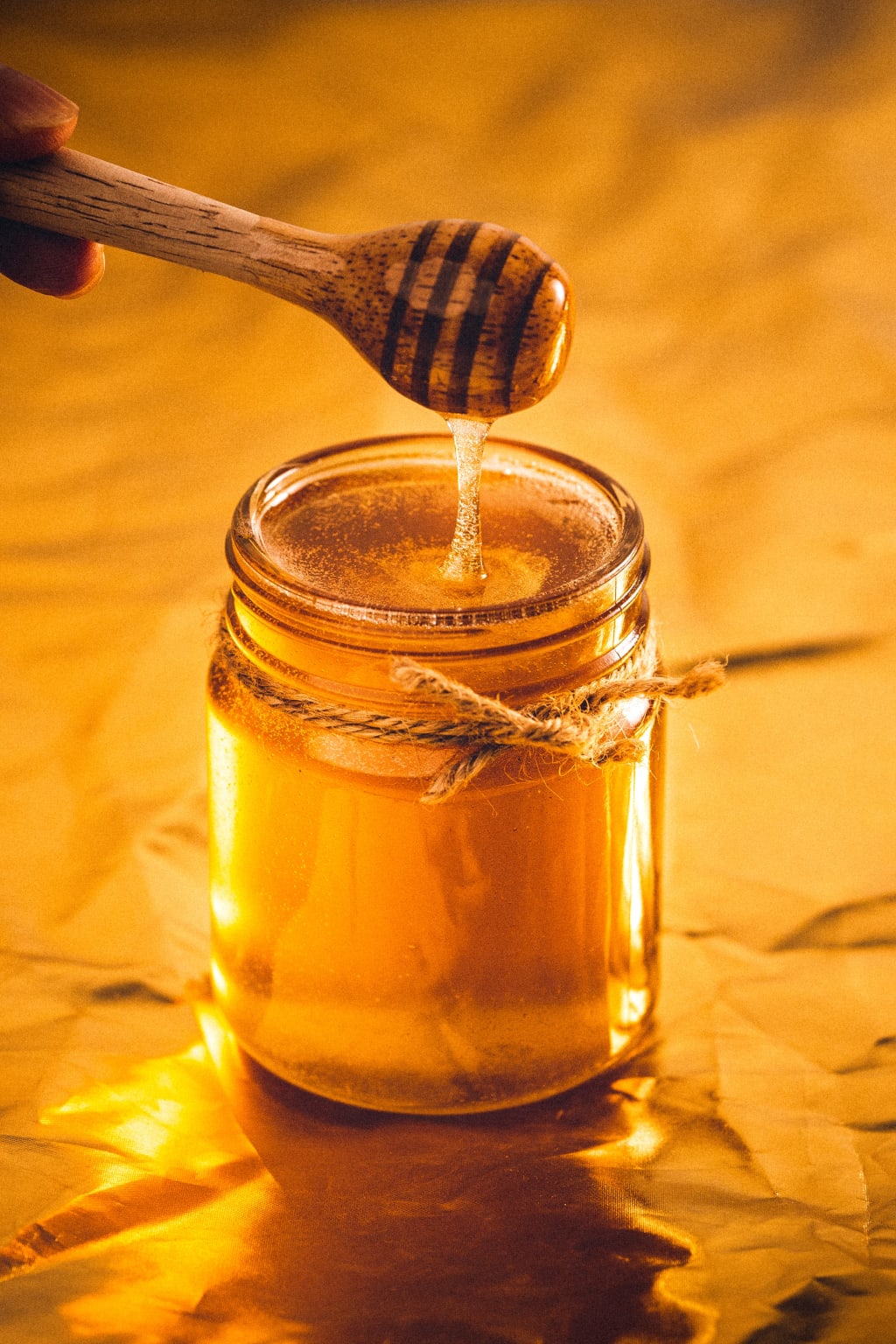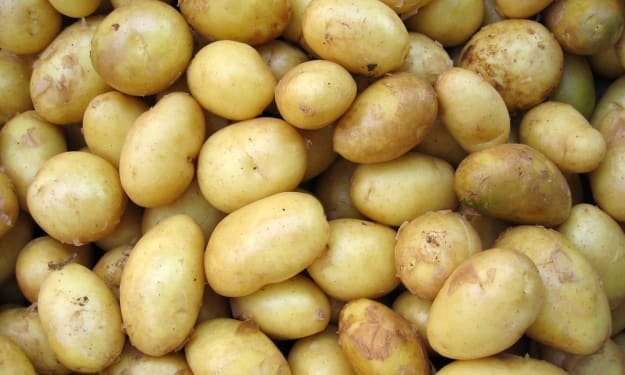"Unveiling the Sweet Secret: Honey as Nature's Alchemical Elixir".
The fact that Honey is bee vomit.

Introduction:
Honey, the liquid gold that has delighted our taste buds for centuries, holds a secret that might surprise and even unsettle some: it is, essentially, bee vomit. The mere thought of consuming a substance derived from the regurgitated nectar of bees might invoke a cringe, but understanding the intricate alchemy behind honey production transforms this revelation into a captivating journey through nature's wonders. In this exploration, we will delve into the fascinating process that turns humble flower nectar into the delectable and nutritious elixir we know as honey.
Chapter 1: The Bee's Quest for Nectar
To comprehend the genesis of honey, we must first acknowledge the tireless efforts of honeybees, particularly the dedicated worker bees. Their mission extends beyond satisfying our sweet cravings; it is a vital quest for sustenance for the entire hive and an essential contribution to the ecosystem. As they visit flowering plants, bees play a crucial role in pollination, facilitating the reproduction of countless plant species.
Chapter 2: Transformation in the Bee's Stomach
Once a foraging bee lands on a flower, it employs its proboscis to extract the sweet nectar produced by the plant. However, the nectar collected is far from the honey we know. Inside the bee's stomach, a fascinating transformation occurs. Enzymes, such as invertase, are introduced to the nectar, breaking down complex sugars into simpler forms like glucose and fructose. This enzymatic process is a pivotal step in the alchemical journey of honey creation.
Chapter 3: Trophallaxis and Teamwork
The journey of honey production is a collaborative effort within the hive. Through a process known as trophallaxis, the foraging bee regurgitates the partially digested nectar into the mouth of another worker bee. This transfer of nectar allows for additional enzymatic modifications and sets the stage for the next phase in the honey-making process. The intricate teamwork among bees highlights the social complexity within the hive.
Chapter 4: From Regurgitation to Honeycomb
Back at the hive, the receiving bee continues to work on the nectar, adding more enzymes and reducing its moisture content. The transformed nectar is then deposited into the hexagonal cells of the honeycomb. This communal effort is not only a testament to the bees' ingenuity but also a demonstration of the hive's ability to collectively contribute to the creation of a vital resource.
Chapter 5: Maturation and Moisture Control
Within the honeycomb, the nectar undergoes maturation. This process involves the natural reduction of moisture content to around 17-20%, creating an environment where yeast and bacteria cannot thrive. The gradual thickening of the substance contributes to the honey's stability and extended shelf life, marking the completion of its transformation from nectar to honey.
Chapter 6: Bee Vomit Unveiled
While the term "bee vomit" might sound unappetizing, it is a simplified description of the regurgitation process involved in honey production. Understanding the intricate processes within the bee's body and the hive sheds light on the natural alchemy that occurs, turning a simple floral sap into a complex and delightful substance.
Conclusion:
In conclusion, the revelation that honey is, in essence, bee vomit takes us on a journey through the marvels of nature's alchemy. The collaborative efforts of bees, the enzymatic transformations, and the maturation process within the honeycomb collectively contribute to the creation of a substance that has not only satisfied our palates for centuries but also played a vital role in ecosystems and human culture. So, the next time you savor a spoonful of honey, appreciate the intricate and remarkable journey that brought this golden ambrosia from the hive to your table—a testament to the ingenious processes that turn bee vomit into nature's sweet elixir.





Comments
There are no comments for this story
Be the first to respond and start the conversation.